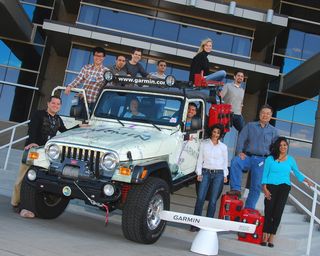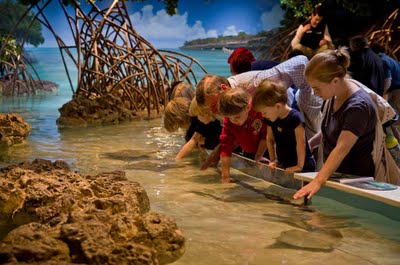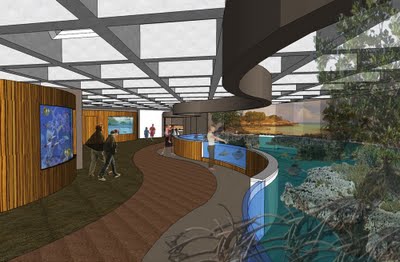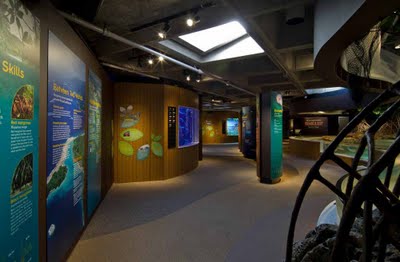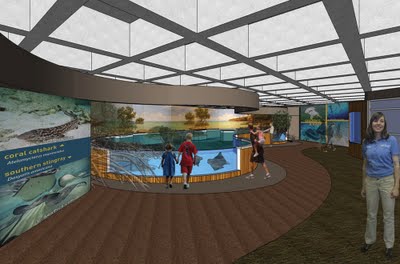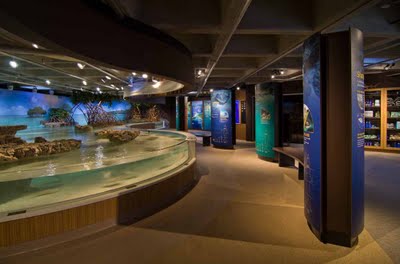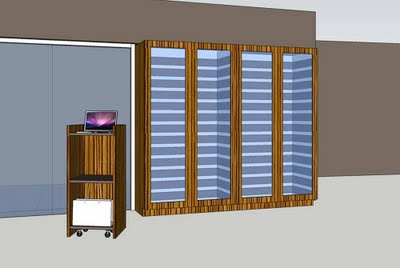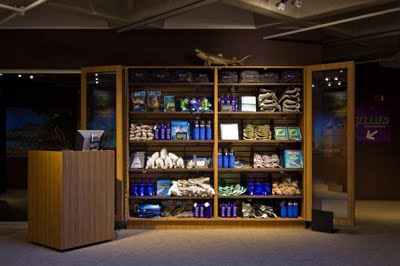In my job, I get to talk a lot. To customers at expos. To journalists at trade shows. To fellow runners at races. To fellow cyclists at rides. To geocachers at events. To the camera in a tutorial video. To you in this blog. Usually I’m talking about our newest products, their coolest features, and how they can help all of you get a little (or a lot) more out of your favorite activities. But recently a local news crew wanted to talk about how great it is to have Garmin as part of the Kansas City area. The weekly “Proud to Call it Home” segment showcases local businesses and organizations, what makes them unique and what they add to our community. So that day, my job was to talk about how much I love my job. After Jon, our VP of Communications, shared his perspective on our company’s local start and global growth, I gave the camera crew a tour of our facilities. You can watch the video and read the story here, as what started as a 20-minute chat lasted more than two hours. Partly because I like to talk, but mostly because I had great stuff to talk about.
I discussed our vertical integration, and how engineers and salespeople and writers and designers all have a voice in product development. But it’s not just our brilliant, creative, energetic people who make Garmin a great place to work. It’s that we’re encouraged to pursue our passions and live a healthy, active lifestyle. And as a leader in the outdoor and fitness industries, that just makes sense. So I enjoyed showing off our fitness rooms full of folks on exercise equipment and colleagues playing table tennis and foosball. I invited them to my office, which has my bike perched against the wall while waiting to hit the road before or after work or over lunch. And when the tour wrapped up and the cameras were packed away, I realized that it’s not hard work talking about a great workplace.
